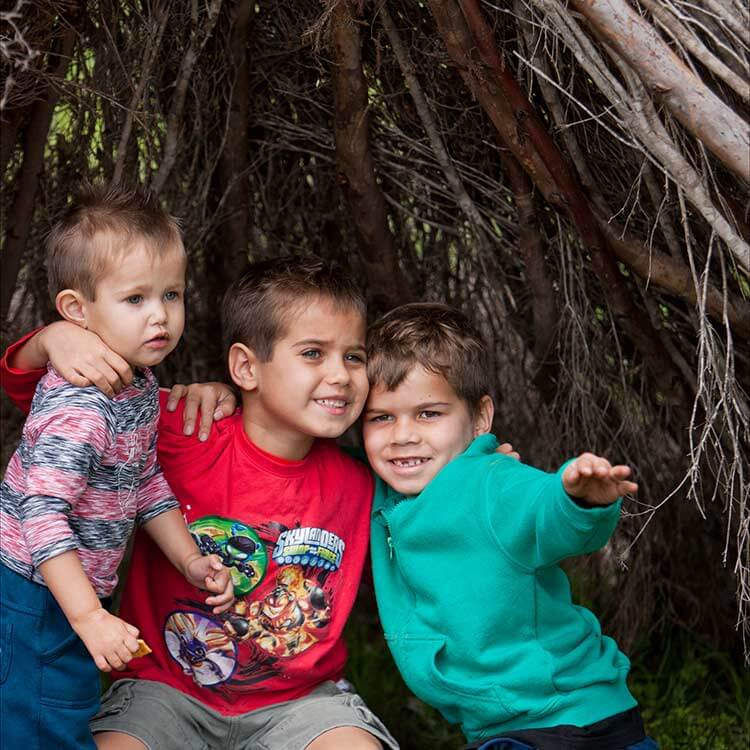Search

News & Events
Community is tackling FAS in the Fitzroy ValleyAmong the highest rates of Fetal Alcohol Syndrome (FAS) worldwide have been reported by Aboriginal community leaders in the remote Fitzroy Valley.

News & Events
Study shows the value of positive friends for Aboriginal kidsA new study has found that having a friend with good social skills and a supportive family may make a critical difference to the resilience of Aboriginal youth
News & Events
National Indigenous Immunisation Research WorkshopYou are invited to register to attend the National Indigenous Immunisation Research Workshop 2013: lessons learnt and future directions Workshop.
News & Events
Empowering Aboriginal communities the key to suicide preventionA comprehensive research report into the high rates of suicide in the Kimberley has called for a major change
News & Events
Aboriginal researchers achieve milestoneThe first Capacity Building Grant comprising solely of Indigenous researchers has been completed successfully
News & Events
Remote pools boost Aboriginal child healthA new study has found that swimming pools in remote Aboriginal communities can dramatically reduce rates of skin, ear and chest infections
News & Events
Children the key to breaking the cycle of disadvantageA national strategy that focuses on early child development is the key to breaking the cycle of Aboriginal poor health and disadvantage.
Research
The Second Research Report: patterns and trends in mortality of Western Australian infants, children and young people 2004-2005This report was commissioned by the Department for Child Protection as an ongoing initiative to continue the work initiated by researchers at the Telethon Kids
Research
Interpretation of recent sudden infant death syndrome rates in Western AustraliaData for recent years show a shift away from a classification of 'SIDS' towards a classification of 'unascertainable', particularly for Aboriginal infants.
Research
Prevalence and profile of Neurodevelopment and Fetal Alcohol Spectrum Disorder (FASD) amongst Australian Aboriginal children living in remote communitiesEarly intervention services are needed to support developmentally vulnerable children in remote communities.
